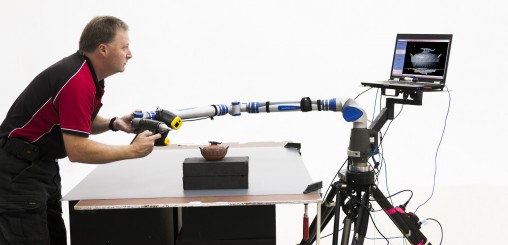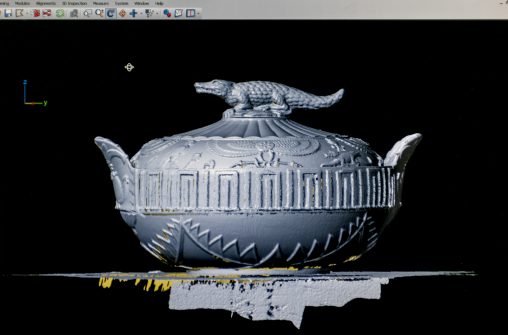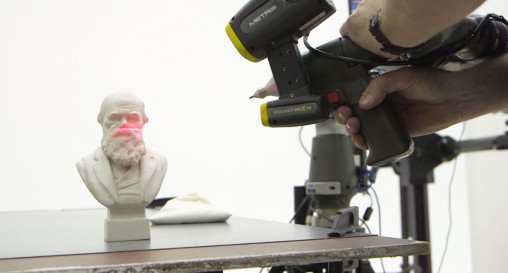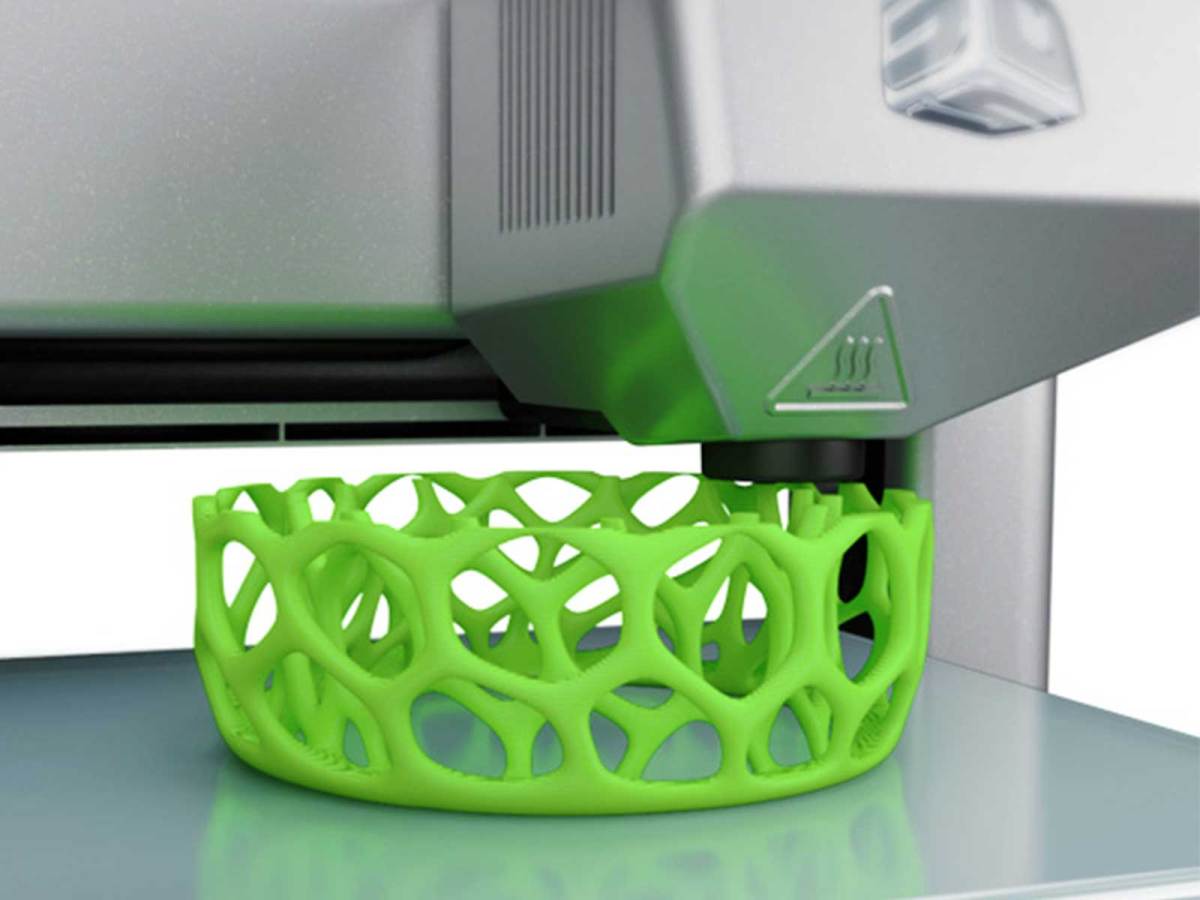Production of jewellery, medical parts or replacement components for military equipment; the applications for 3D printing are expanding at a rapid rate.
The process of printing (or extruding) layers of plastic from a digital design has the potential to alter the world of production. Instead of products produced en mass and pushed onto consumers, consumers will be able to print and customise the product they desire at home.
3D printing has been flagged as a major focus for upcoming consumer electronics fairs, aligning with predicted uptake of the technology progressing from early-adopters and enthusiasts to a wider base of consumers and commercial applications. Further, as the technology is refined and improved, the price of the machines will drop.
All these occurrences indicate that now is a timely opportunity for retailers to get on top of this emerging trend. As the terminology appears more and more in the mainstream, be prepared for shoppers asking ‘what is 3D printing all about?’
Visitors to the Powerhouse Museum in Sydney this weekend will have the opportunity to have of their 3D printing questions answered by a white-coat wearing 3D printing expert, Sam Choy. Choy will be taking charge of the FabLab (Fabrication Lab) running as part of the Sydney Design festival, demonstrating 3D printing and providing useful tips on how to get started in the 3D printing game.
With 10 Makerbot 3D printers (RRP of around $3,500) and a laser-cutter, the FabLab is the place to visit for a first-hand experience and to demystify how it actually works. For example, visitors will be able to have their faces scanned and reproduced in plastic by a 3D printer.
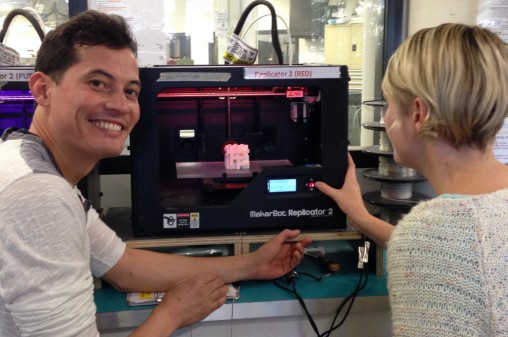
The FabLab will also play host to Hack the Collection, a challenge for ten local designers to ‘hack’ a selection of 3D scanned objects from the Museum’s collection, re-imagining and re-interpreting them in new and innovative ways. The end results will be displayed alongside the original.
The 3D scans of the 10 objects from the collection have been made available to the public to be mixed, played with and 3D printed.
